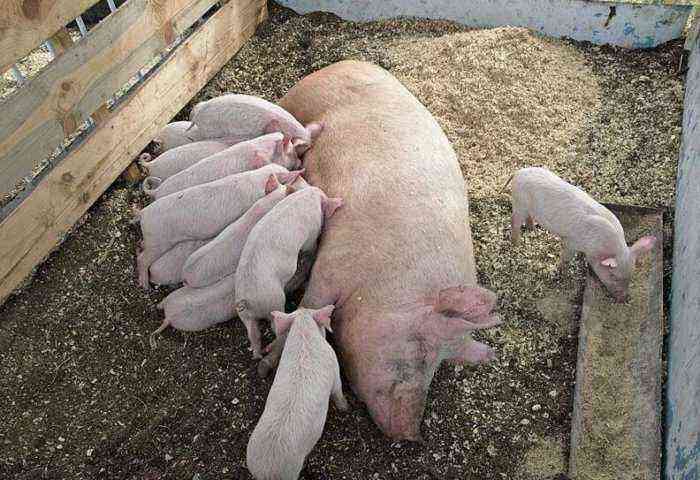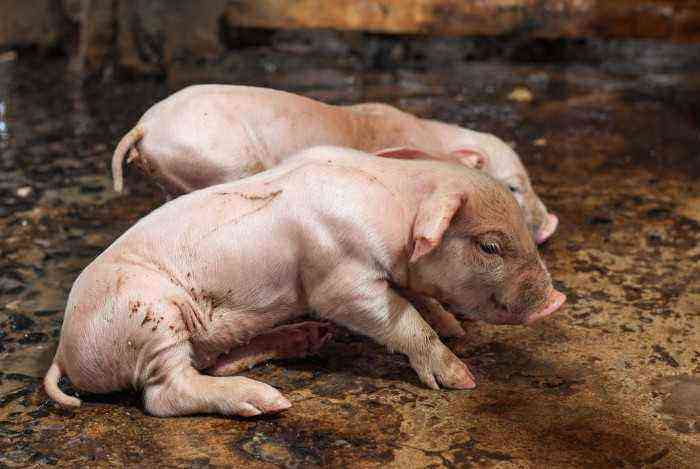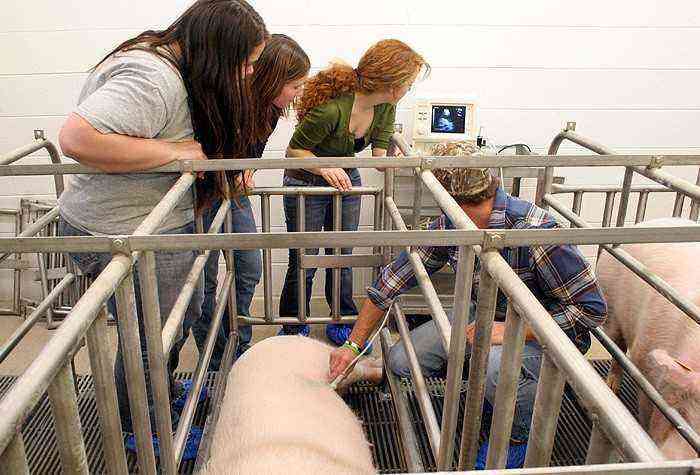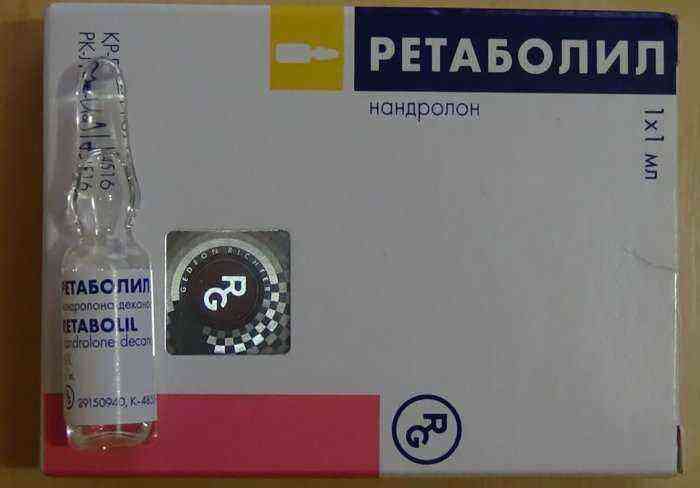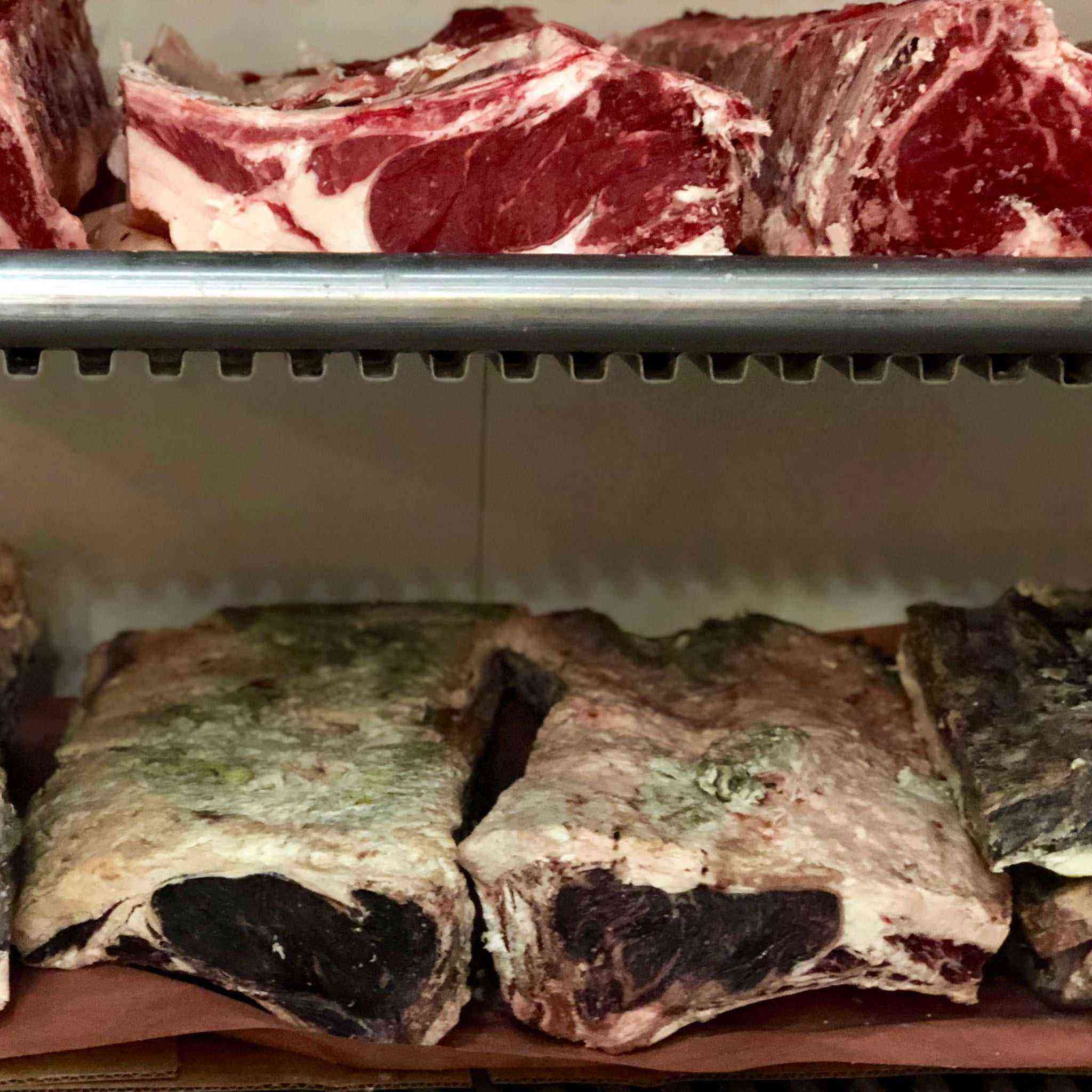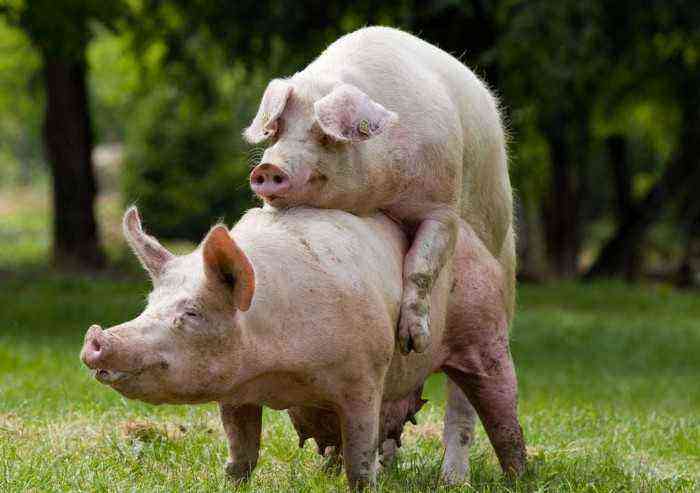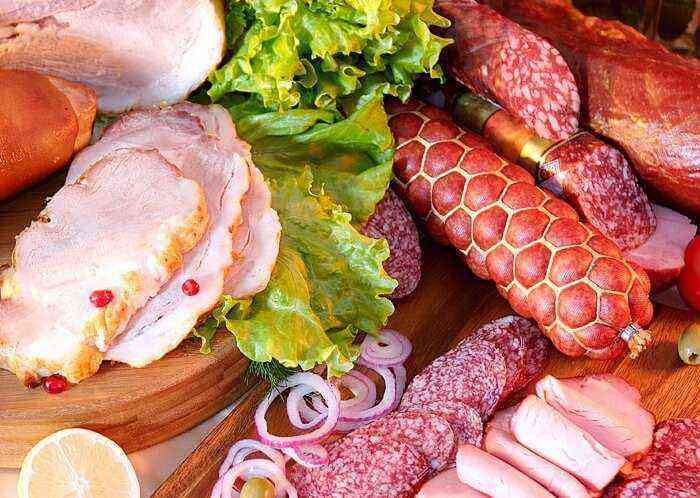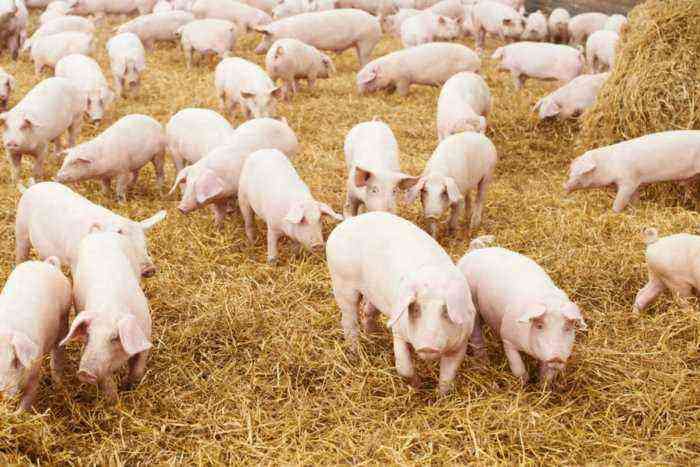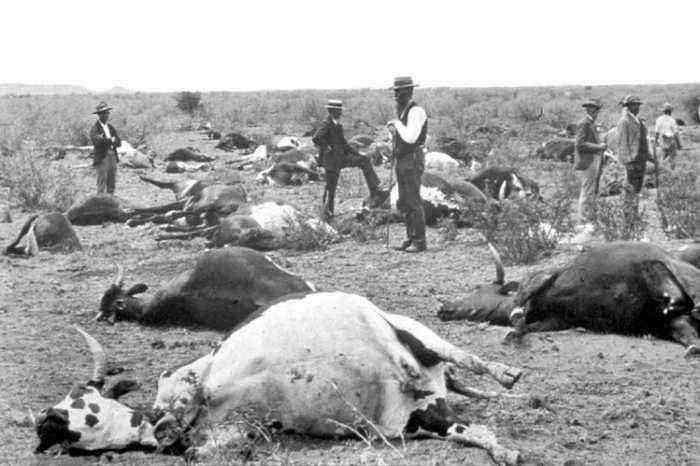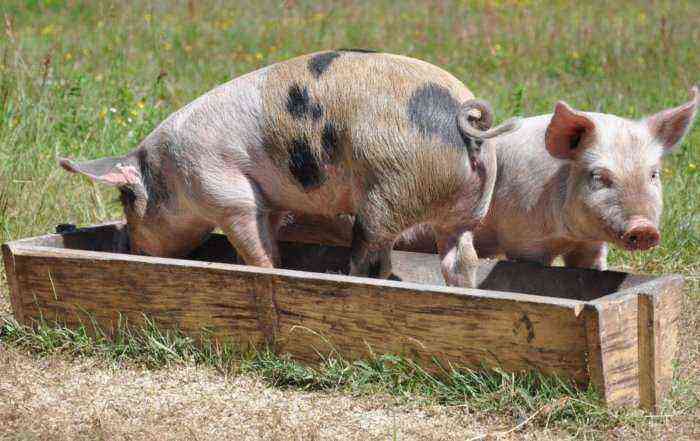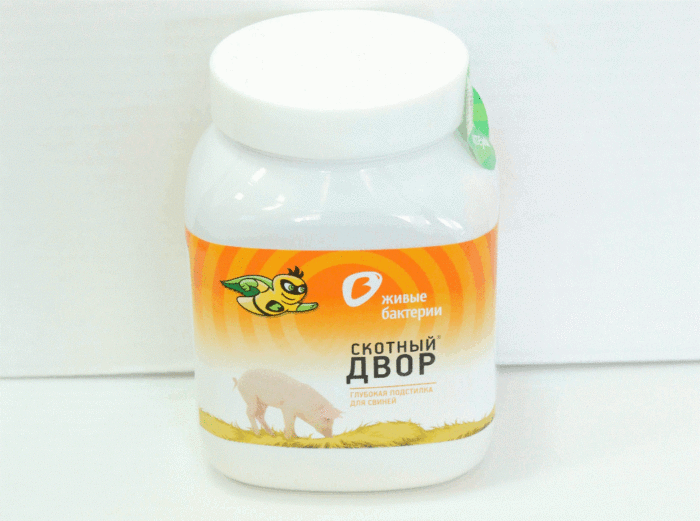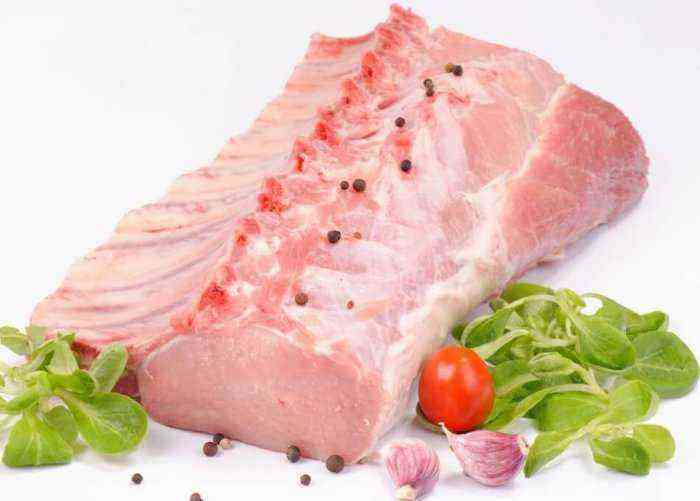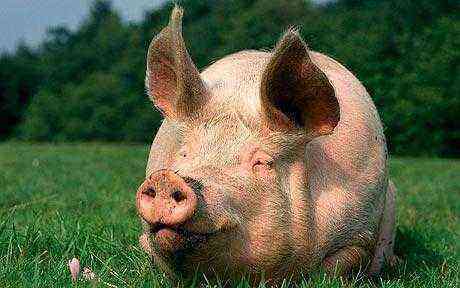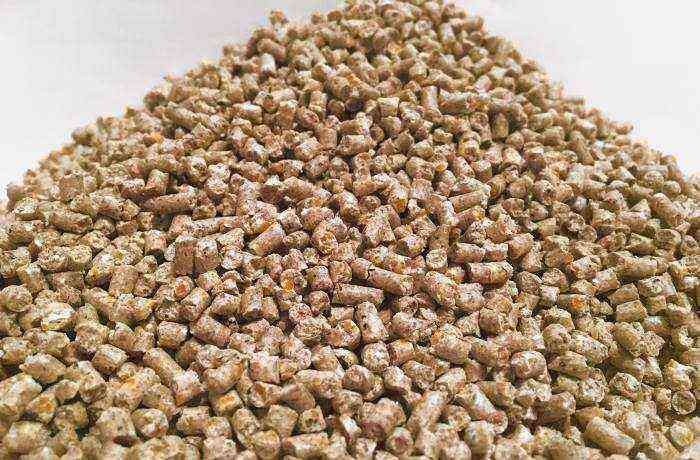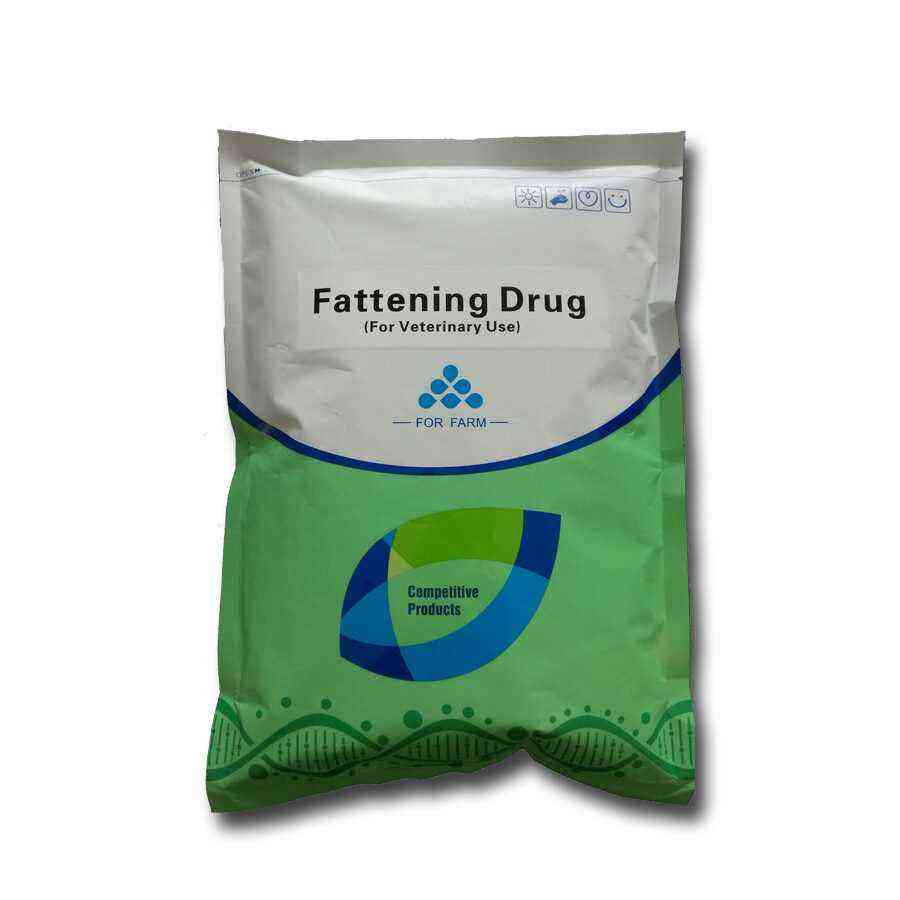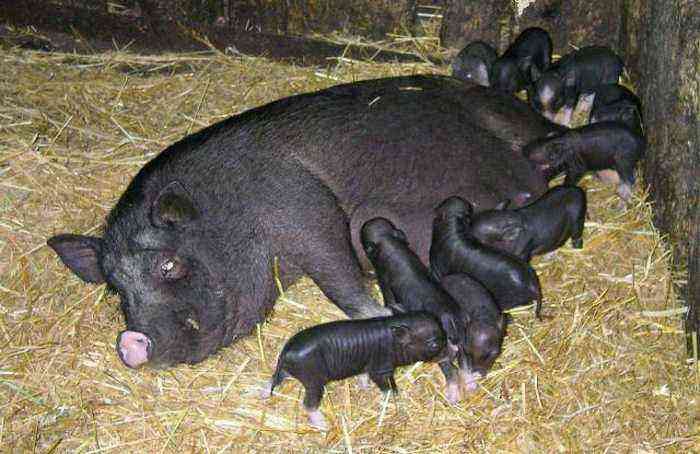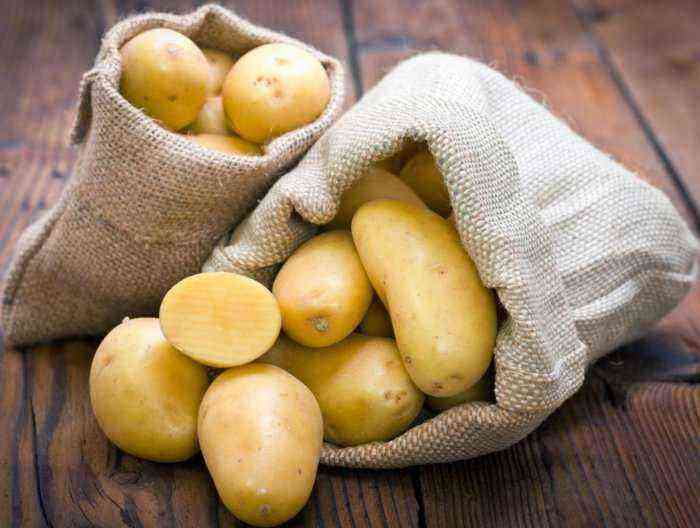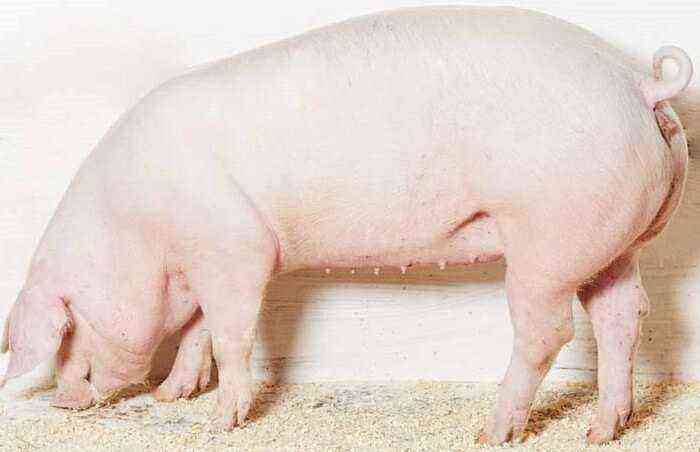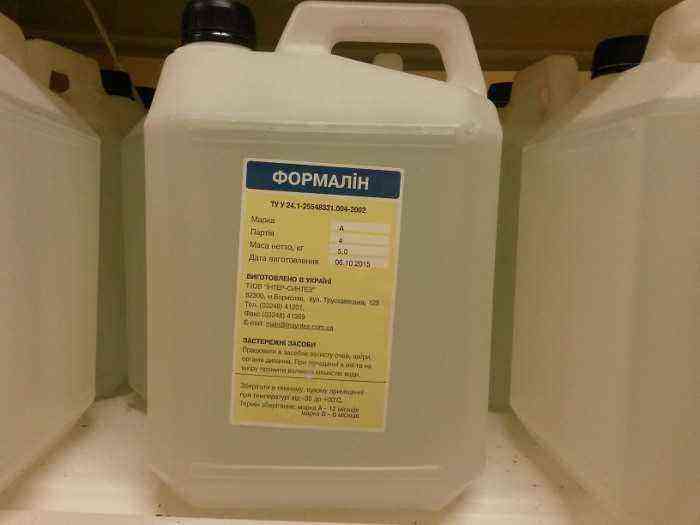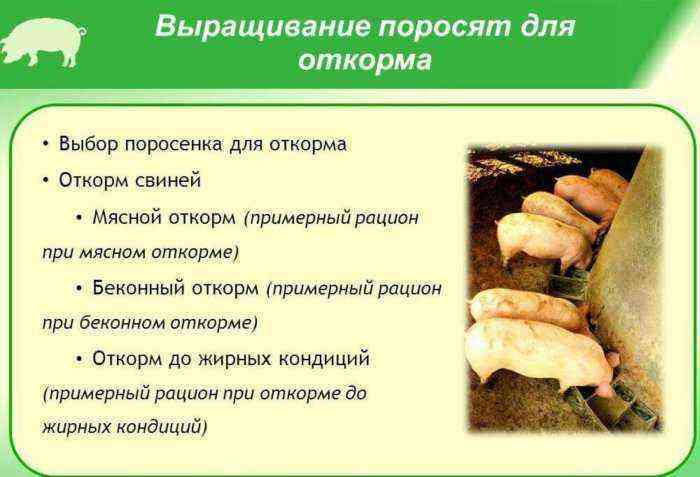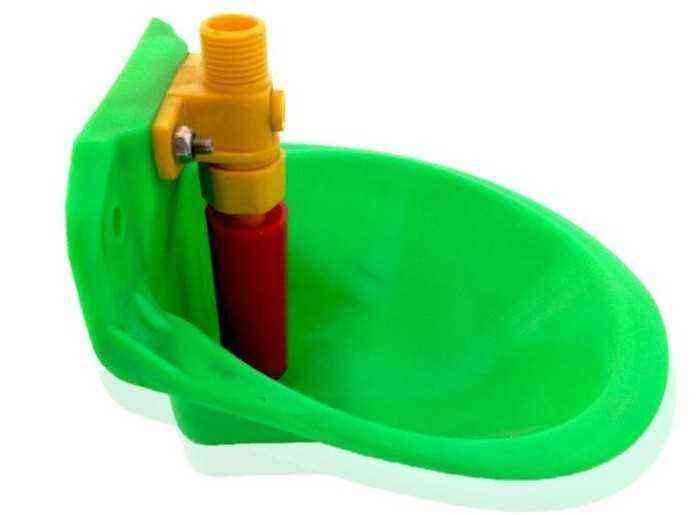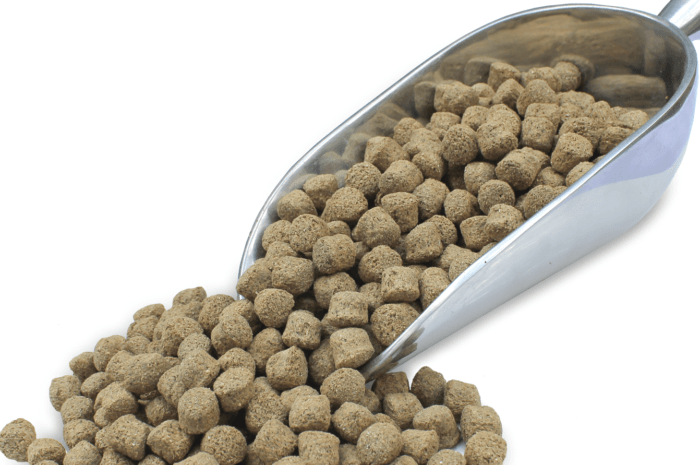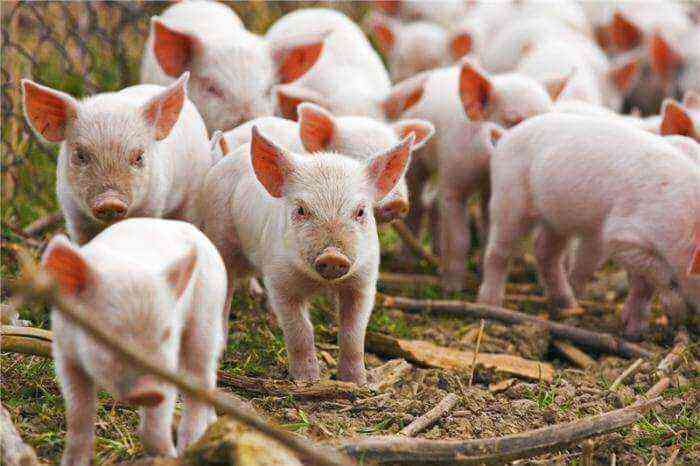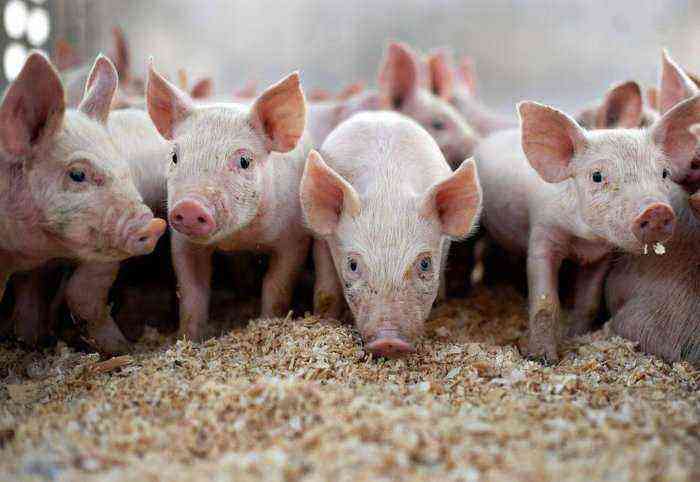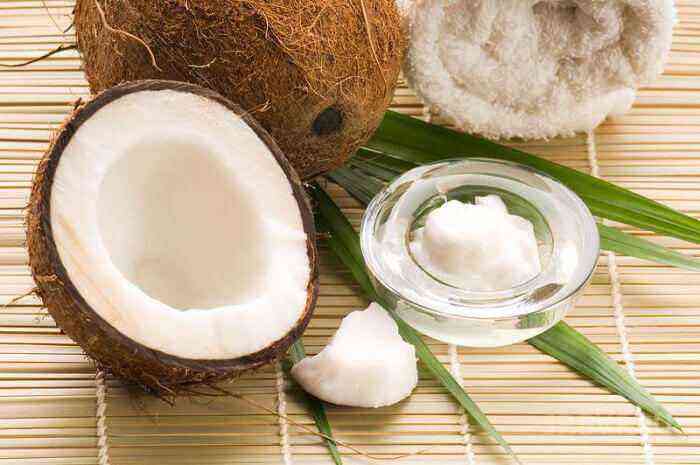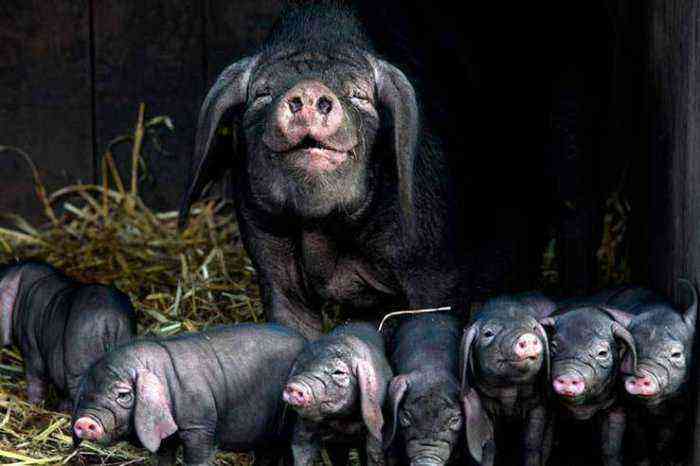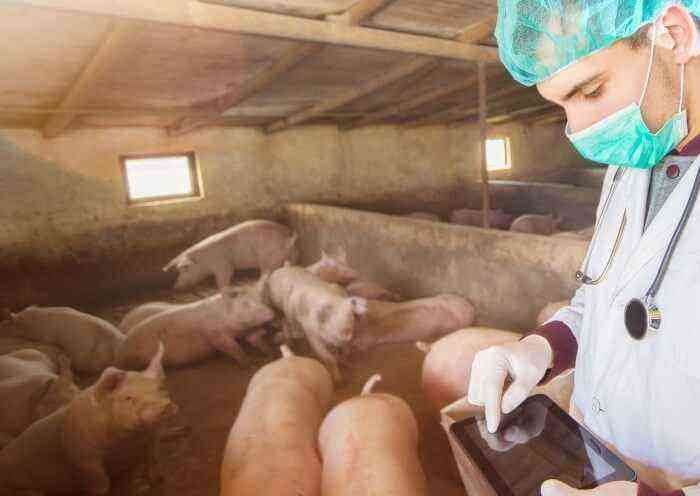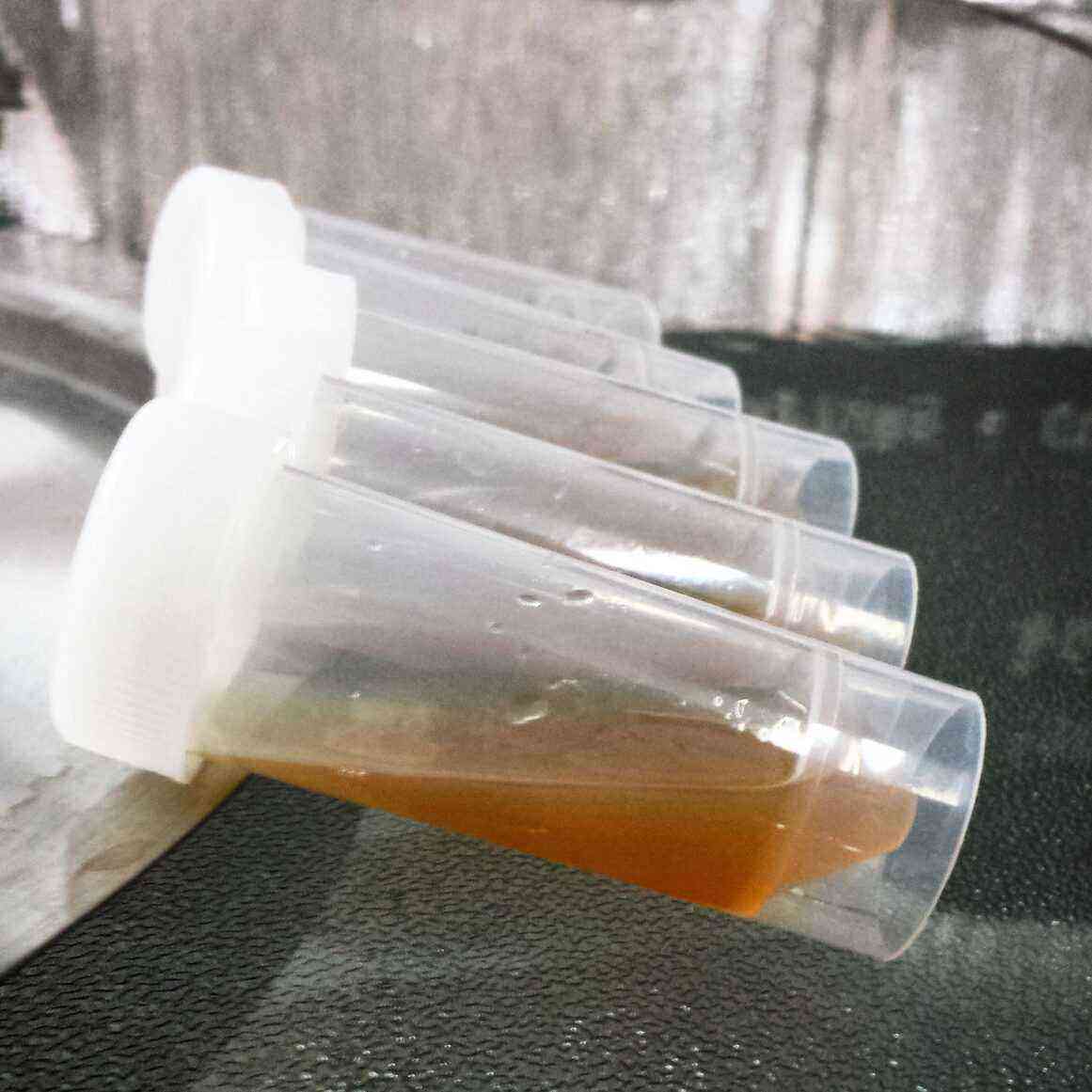Unlike many other breeds, Korean pigs are unpretentious to the conditions of keeping and feeding. But, despite this, the meat and fat of this kind of animal is highly valued for its taste and lack of cholesterol. Therefore, the breed is gaining more and more popularity and distribution in the world.
Korean pig breed
Features of the breed
The Korean breed of pigs by body type belongs to the bellied varieties. But at the same time, it has nothing to do with the Vietnamese folded belly, with which it is constantly confused. The ancestor of the breed is the domesticated wild boar, which used to live in China. In the course of breeding work, there was not a trace of a wild animal, and breeders from Korea acquired the resulting individuals, who continued to further polish the pedigree line.
Korean pigs are prized for a range of unique features they possess. These include:
- newborn Korean piglets weigh from 300 to 500 g;
- with a properly composed diet for a year from birth, boars of this breed are able to gain up to 200 kg of weight, of which only a small part involves a sebaceous layer;
- animals have a developed mind and tribal memory, which allow the pig not only to avoid poisonous plants, but also to memorize simple commands;
- the fertility of the sow per year is at least 25 piglets;
- the life span of a pig is 16-18 years;
- all pigs of the Chinese pedigree line feed exclusively on herbs, fruits and vegetables;
- Puberty in pigs occurs by the age of 3-4 months, but it is recommended to carry out their mating only after reaching 8 months.
It is also worth noting that such animals are alien to swimming in the mud or trying to break the elements of the machines. They are extremely clean and careful about the environment. In addition, with due desire, all members of such a herd can be trained to go to the toilet in a specific place.
Appearance
In appearance, the bacon body type is easily guessed in Korean pigs. They are distinguished by their large size, fatness and well-developed muscles. Mature hogs, which look quite menacing, stand out against the background of other animals.
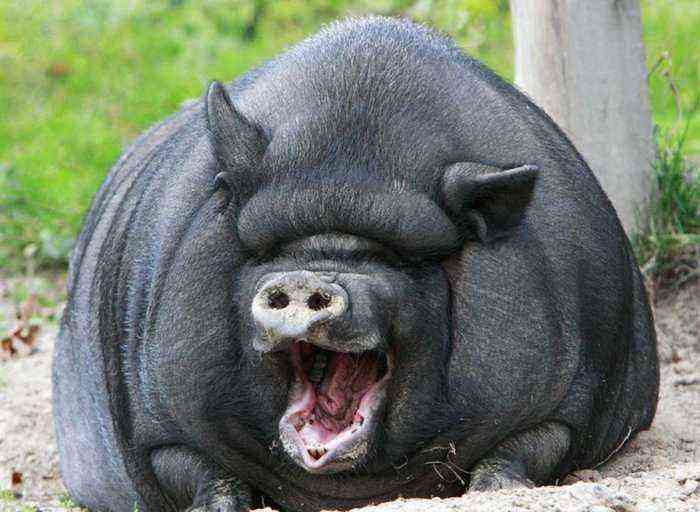
mature boar
In general, the breed is distinguished from others by such features of appearance:
- barrel-shaped body, the length of which in adulthood reaches 1,5 m;
- deep chest;
- extended back;
- the head is large, with a flattened muzzle and pronounced folding;
- short ears that stick out on the sides;
- short but strong limbs;
- sagging ventral part, which in adults can reach the ground;
- long hair, reaching 20 cm in some parts of the body;
- the color is predominantly black, but in rare cases it can be brown or striped;
- boar fangs, which often grow up to 15 cm in length.
It is worth noting that newborn Korean piglets are distinguished by a strong physique, but their stomach is taut. A sagging belly begins to appear only with time.
Reference. Despite the massiveness, rough physique and peritoneum sagging to the ground, such pigs are quite active. They are constantly moving around the barn and love walking on walking grounds.
Korean pig nutrition
Korean pigs are purely herbivores by nature. The best food for adults and piglets is forbs on pastures. Thanks to the developed sense of smell, such a pig can easily graze in an open area, without running far from the owner, and find food. At the same time, a good tribal memory allows the animal to avoid poisonous plants that can harm it.
In the summer, the entire diet of Korean pigs looks like this:
- fresh grass from pastures – 80% of the total feed;
- fruits, beets, zucchini and other vegetables – 10%;
- wheat bran – 10%.

Vegetables for pigs
In winter, the menu undergoes certain changes and looks like this:
- hay and root crops – 70% of the diet;
- bran and various grain processing wastes – 30%.
Chestnuts and acorns can also be a great addition to the diet. It is advisable to introduce compound feed for food only to young animals to ensure the need for vitamins and minerals. You can speed up the mass recruitment of a boar by pulling from barley and wheat. But it is introduced into the diet in volumes of not more than 300 g per animal. Moreover, you should start feeding the pig with shit no earlier than a month before slaughter.
The only food that should be excluded from the food of Korean pigs is clover. It contains a large amount of crude protein and fiber, which are poorly absorbed by the digestive system of the animal.
As for the frequency of feeding, the piglets in the feeders should have food and water constantly and in plentiful quantities. In the process of growing up, the number of meals can be gradually reduced.
Breeding
In terms of care and maintenance, Korean pigs are extremely unpretentious. The most important requirement for breeding such animals is a properly equipped barn. It should be dry, with high-quality ventilation and quite spacious, to match the dimensions of the pigs. Be sure to equip the barn or walking area with a pool or a pit with water so that the animals can escape from the heat and wash off the dirt. On average, one individual in a pigsty should have at least 4 square meters. m area.
For optimal development and recruitment of muscle mass, regular walks in the fresh air should be introduced into the daily routine of the “Koreans”. To do this, organize a special walking area with an area of at least 1 weave for each individual. In such a territory there must be a shadow in which the animal can hide from the heat.
As for the mating of pigs, it must be carried out no earlier than both partners are 7-8 months old. In addition, it is advisable to select a male and a female from different regions in order to prevent consanguinity.
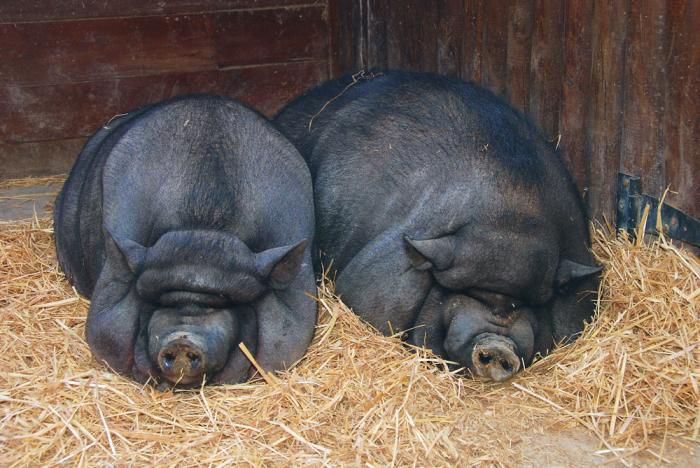
Pair of Korean pigs before mating
piglet care
Immediately after birth, all young animals must be carefully cleaned of mucus and placed on the udder of the sow during the first hour of life. Immediately after this, the family is transferred to a separate room, the temperature in which will be at the level of 28-30 degrees (no more).
This breed is characterized by the fact that, thanks to the developed maternal instinct, from the second hour the sow takes care of all the care of the young. An exception can only be a situation in which the number of babies exceeds the number of mother’s nipples. In this case, the “extra” piglets will have to be fed from a bottle with a mixture of milk and water, mixed in equal proportions and warmed up.
In the first days of life, babies should be fed every 3 hours. By the age of one week, they gradually begin to introduce complementary foods, poured into a trough, which must be installed in the middle of the aviary. Piglets are transferred to a full-fledged diet of adults when they reach the age of 20-25 days.
Attention! For preventive purposes, every 2 months, young animals should be combating worms and other parasites.
Breed benefits
It is worth noting that the high popularity of the breed arose for a reason. Its main reason is a wide range of advantages, among which are highlighted:
- high palatability of fat and meat;
- calm disposition and friendly character, which allow Korean pigs to easily get along with other pets;
- high resistance to diseases that can be traced in many local varieties;
- fast adaptation in any climatic conditions;
- a sharp mind, thanks to which the animal can be trained to go to the toilet in a strictly designated place, as well as a number of other useful commands;
- cleanliness and respect for the premises in which the animal is kept;
- economic benefit, which is due to the minimum cost of feed and the possibility of grazing pigs on open pastures.
The popularity of Korean pigs in the world over the past couple of decades has grown rapidly. Many farmers breed them because of the ease of care and the quality meat that the animals provide. But when breeding, you should clearly know the characteristics of this breed and adhere to the recommended conditions for its maintenance.
